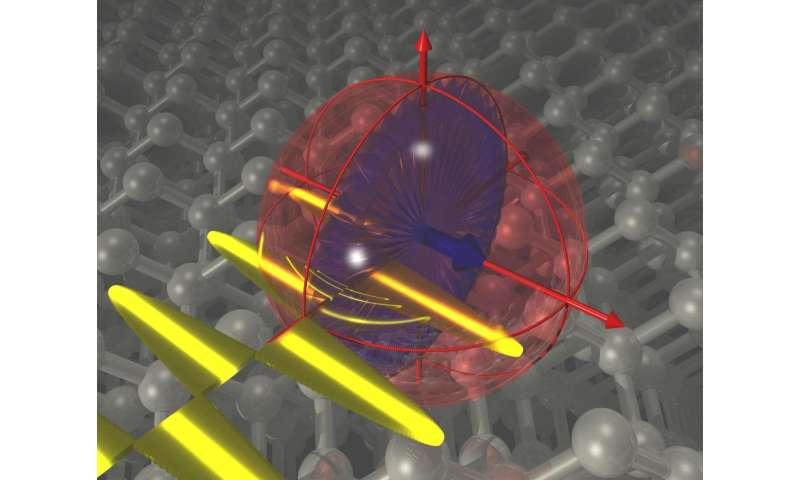Best of Last Week—Boosting quantum computing stability, strange stars and a link between depression and vitamin D

(ScienceX)—It was another great week for physics research as a team with the U.S. DOE's Argonne National Laboratory posited a way to locally circumvent the second law of thermodynamics by applying quantum information theory to condensed matter physics. Also, a team with the University of New South Wales claimed they had achieved a 10-fold boost in stability in a quantum computer by creating a new quantum bit that remained stable longer than the traditional kind. And a trio of researchers with Universität Innsbruck, NIST and the University of Maryland tackled the issue of how quantum effects could improve artificial intelligence by outlining ways in which quantum effects could significantly improve a variety of learning tasks.
It was also a good week for space research as a team with the California Institute of Technology found evidence that the curious tilt of the sun could be traced to an undiscovered planet—the theorized Planet Nine. And a small team of researchers from the University of Copenhagen, Università degli Studi di Torino and the University of Oxford questioned whether the universe is actually expanding at an accelerating rate after analysis suggesting that prior evidence may be flimsy. Also, a pair of researchers at Laval University found that either stars are strange, or there are 234 aliens trying to contact us—data from the Sloan Digital Sky Survey was found to be producing a puzzling signal.
In other news, a research effort led by a team at the Australian Centre for Ancient DNA offered more evidence of the Higgs Bison—a mystery species hidden in cave art. They believe it originated over 120,000 years ago and eventually evolved into the modern European bison. And a team at Case Western Reserve University found that older men cling to a blueprint of masculinity from the 1950s and 1960s that might include the idea that they need to eat a lot of red meat. That could be a problem because a team from UC Davis and Xiamen University found that Neu5Gc in red meat and organs may pose a significant health hazard—the sialic acid sugar molecule was found to have an increased risk of developing tumors.
And finally, if you are one of the millions of people around the globe suffering from some degree of depression, you might look at what you are eating, as a team led by Norwegian researcher Mari Nerhus found that low vitamin D levels could be associated with increased negative and depressive symptoms.
© 2016 ScienceX